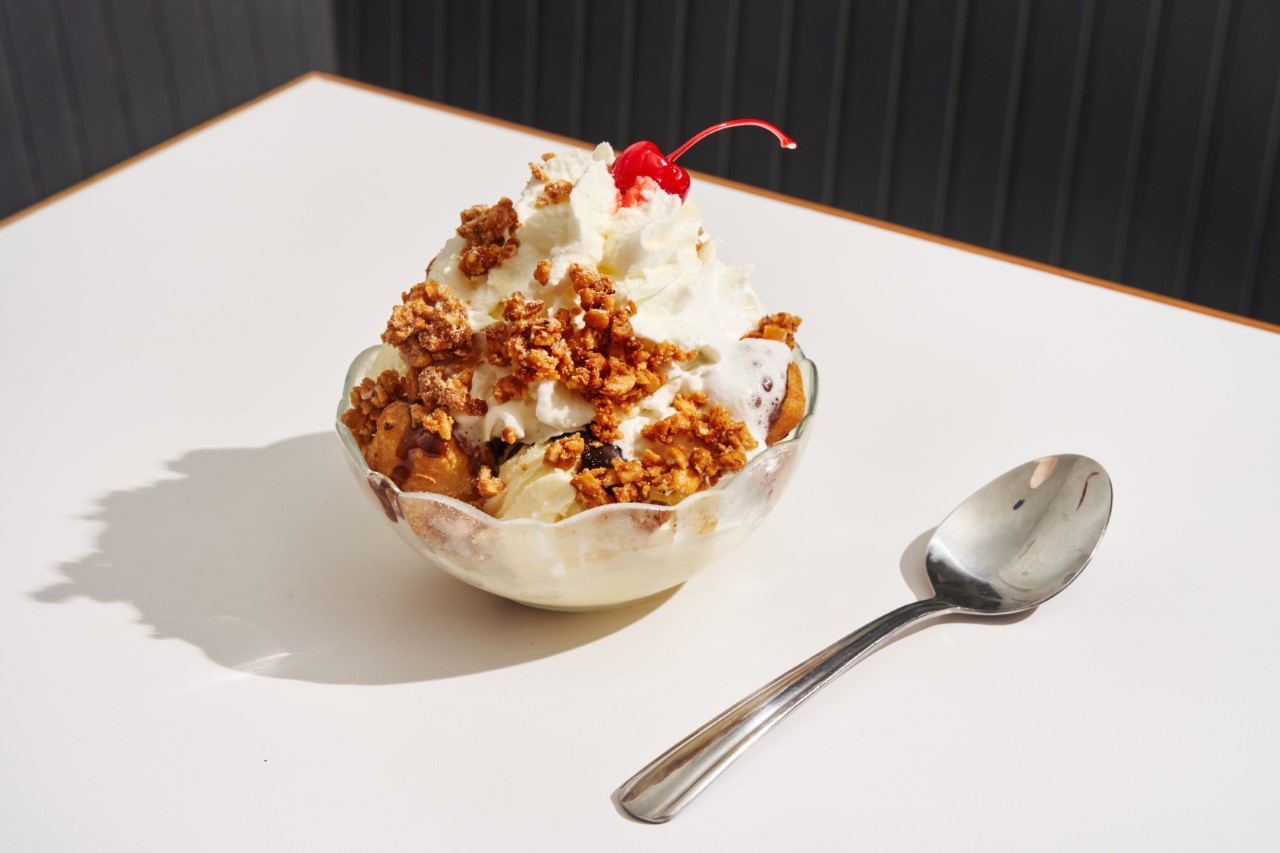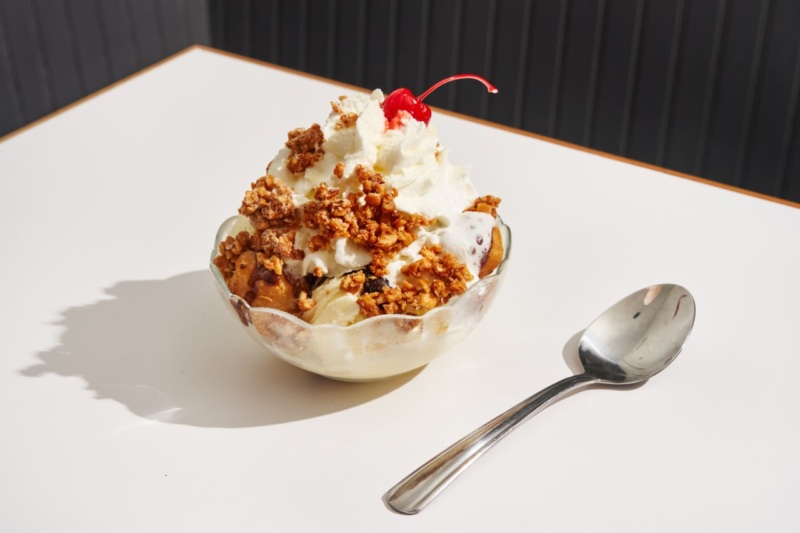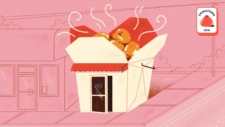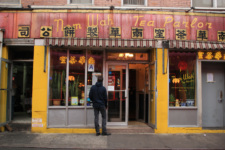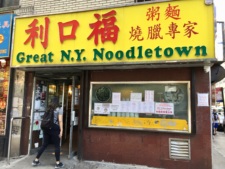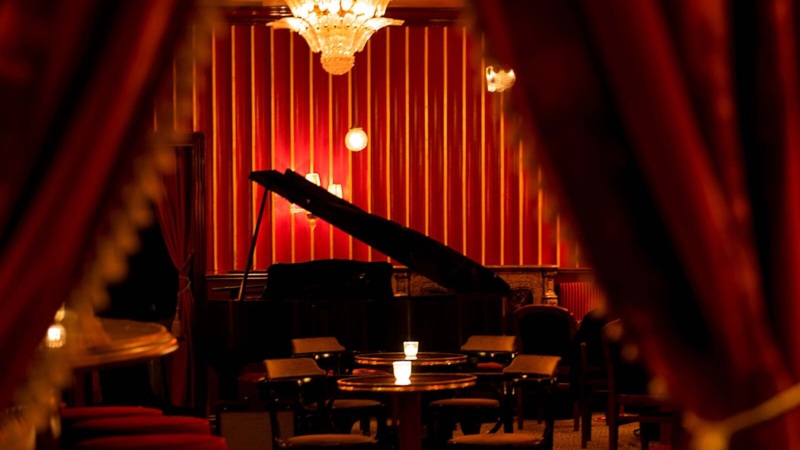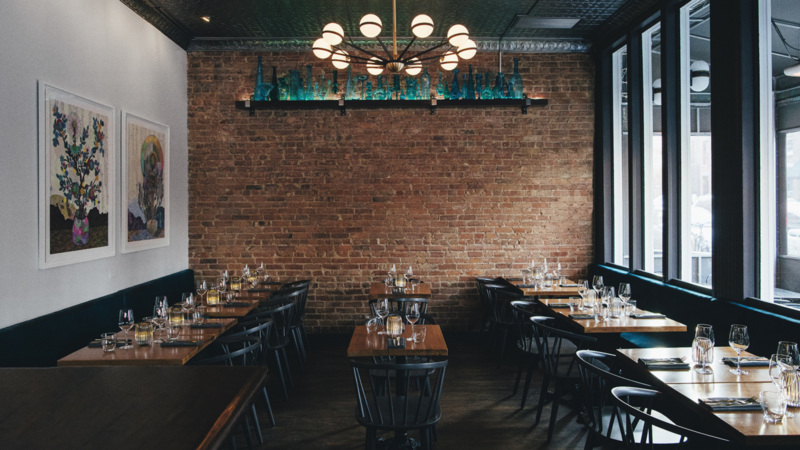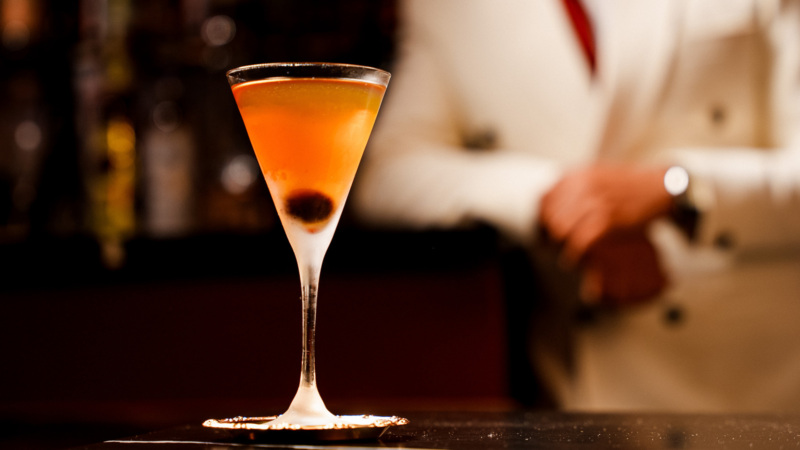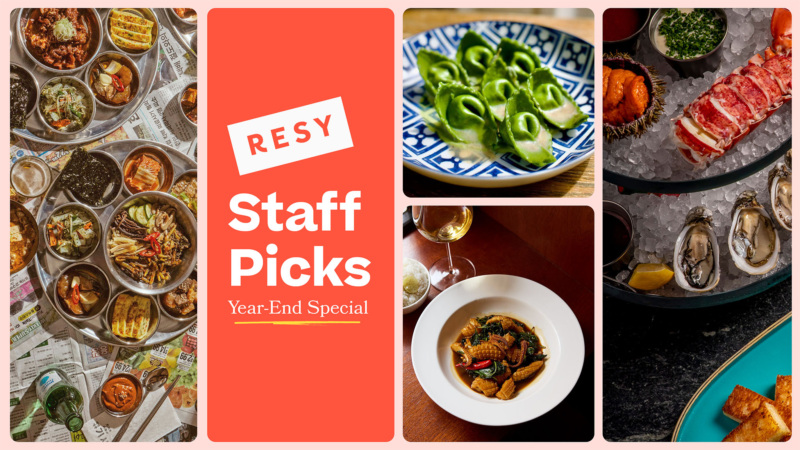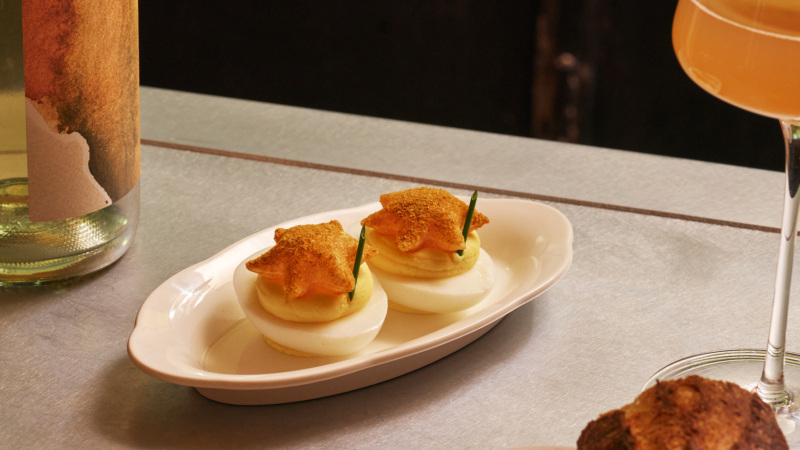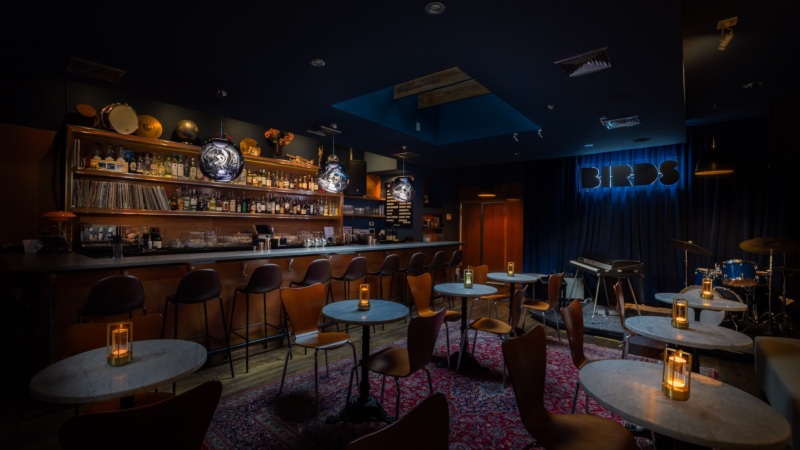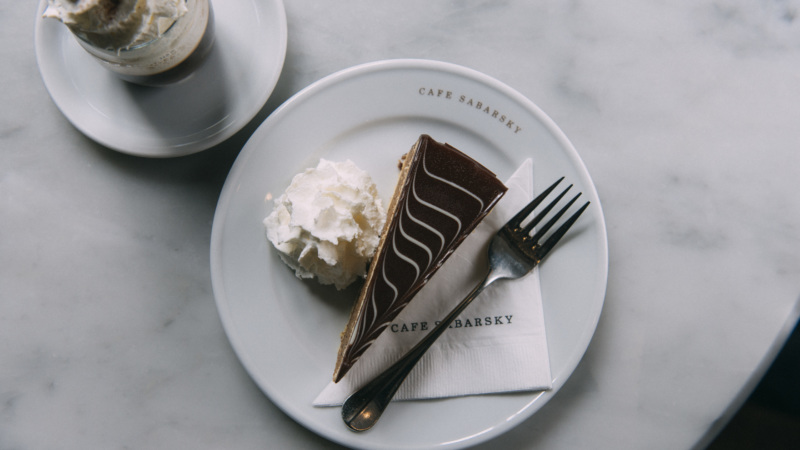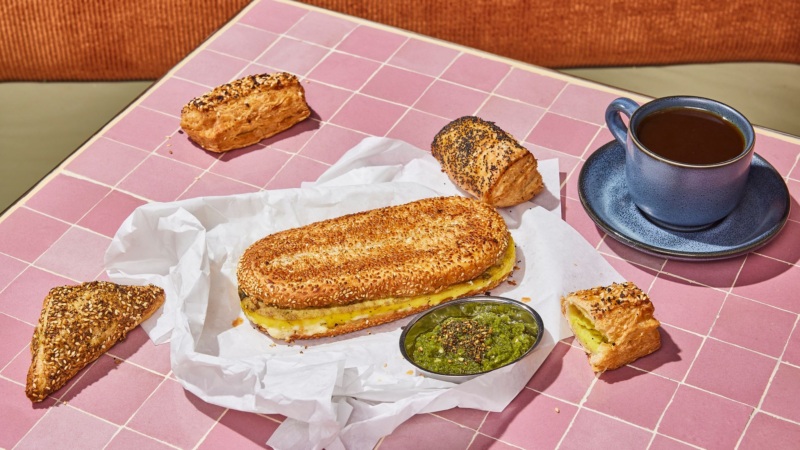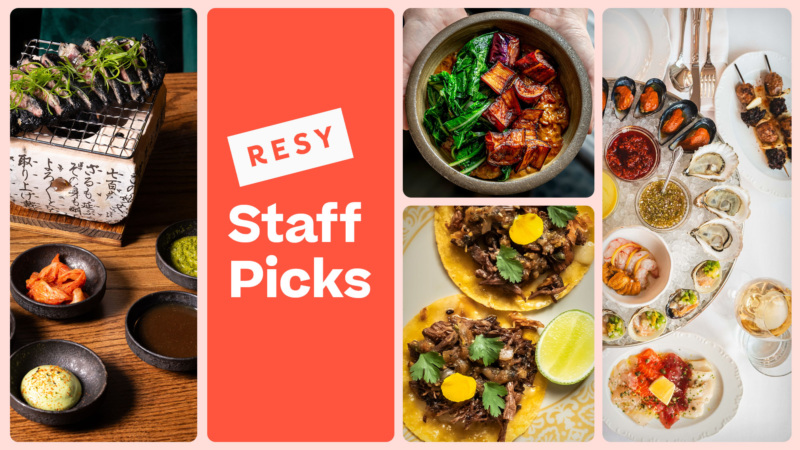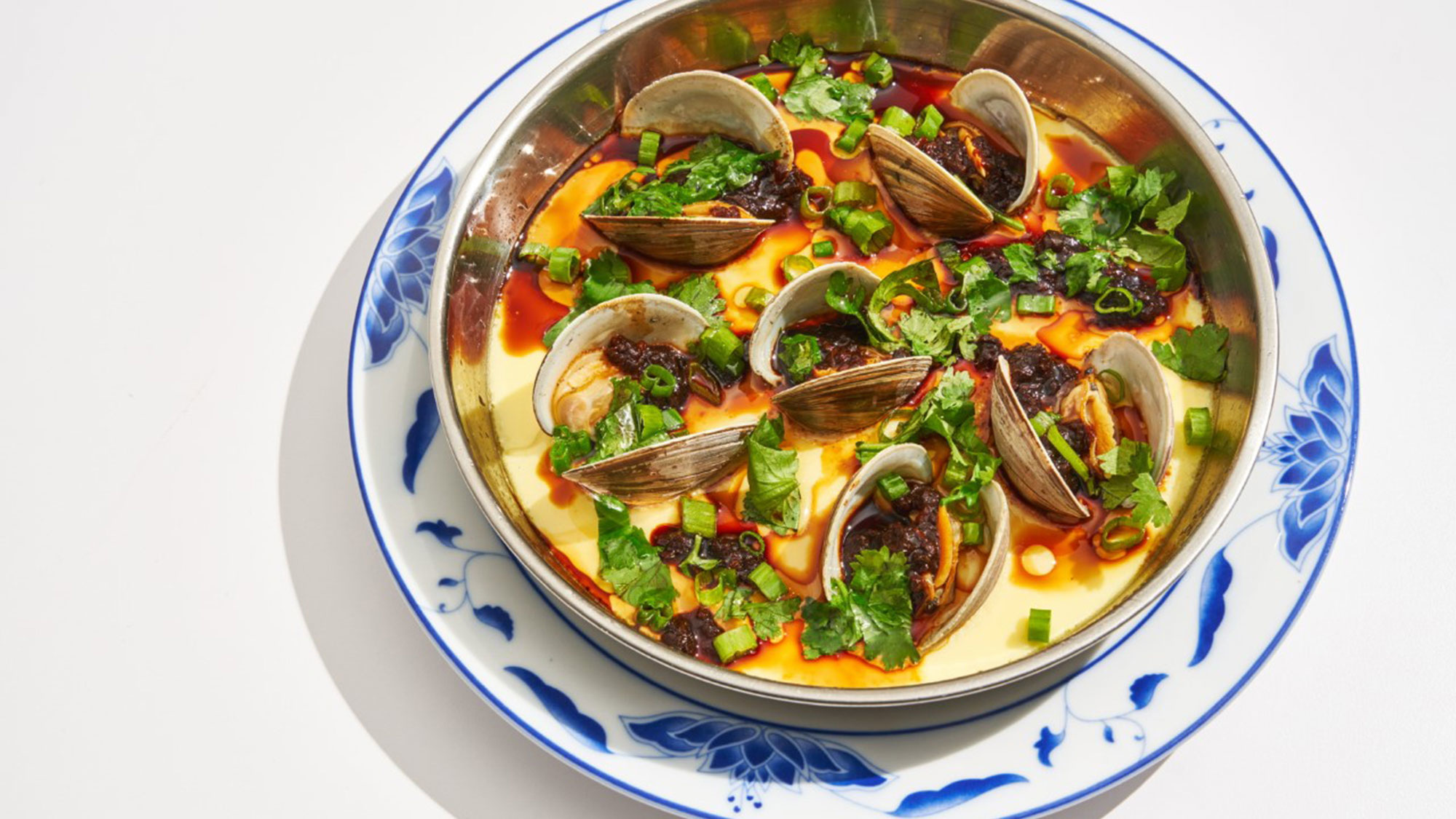
How Bonnie’s Calvin Eng Pushes Cantonese American Food Forward, Through Five Dishes
Published:
Brooklyn’s most anticipated Cantonese American kitchen is finally open.
Yes, we’re talking about Bonnie’s, chef Calvin Eng’s tribute to his mother (the namesake Bonnie), whose Guangdong and Hong Kong roots shaped much of Eng’s childhood in Bay Ridge, Brooklyn. And in the vein of a modern cha chaan teng with the retro tiles to match (as per all Hong Kong-style cafés), the restaurant presents a revamped take on the dishes Eng grew up eating at home.
Still, cooking food this personal wasn’t always an easy or obvious route for him.
Like many other Asian Americans, Eng initially rejected his Chinese heritage. After graduating from the culinary arts program at Johnson & Wales University in Providence, R.I., Chinese food was far from his mind. That was, until he started running Nom Wah’s newly debuted Nolita locale in 2016, right on the outskirts of his grandparents’ old stomping grounds: Manhattan Chinatown.
“I grew up going to Chinatown every weekend to visit my grandparents on Bayard Street,” Eng says. “During my time at Nom Wah, I was able to revisit a lot of those shops, vendors, and restaurants I went to as a kid, and it brought back so many good memories. It made me want to dive deeper into the food and culture of my heritage.”
Now, three years after heading the Taiwanese American kitchen at East Williamsburg’s win son as chef de cuisine, Eng has proudly — and loudly — embraced his cultural identity.
Eng is today the chef-owner at his very own Williamsburg restaurant, with backing from win son’s co-owner, Trigg Brown. With Bonnie’s, Eng hopes to push the envelope of what Cantonese food can look and taste like today in New York City — especially as it’s the dominant Chinese regional cuisine available to Americans far and wide, particularly in New York. (Dim sum? Cantonese. Beef chow fun? Cantonese. Char siu? You get it.)
Taking cues from his past experiences, upbringing, and the childhood meals his mother cooked for him, Eng presents five dishes that get to the heart of Bonnie’s deeply personal, yet very playful, Cantonese American cooking.
1. Dao Si Heen Jing Sui Dan
(Clams, black bean garlic sauce, savory egg custard, sizzling herbs)
“I learned how to make this steamed egg custard dish with my mom. She rarely measures ingredients and just cooks with intuition, so her technique for this dish is to use eggshells to measure the proper liquid-to-egg ratio to make the perfect velvety-smooth texture.
“This is a combination of two staple Cantonese home cooking dishes: clams and black bean sauce, and savory steamed egg custard. I steam the clams directly into the egg custard, and top it with black bean sauce, scallions, and cilantro, and hit it with sizzling oil to quickly fry the herbs on top. It’s a super cool and fun texture.”
2. Fuyu Cacio e Pepe Mein
(Cacio e pepe, fermented bean curd, black pepper, pecorino)
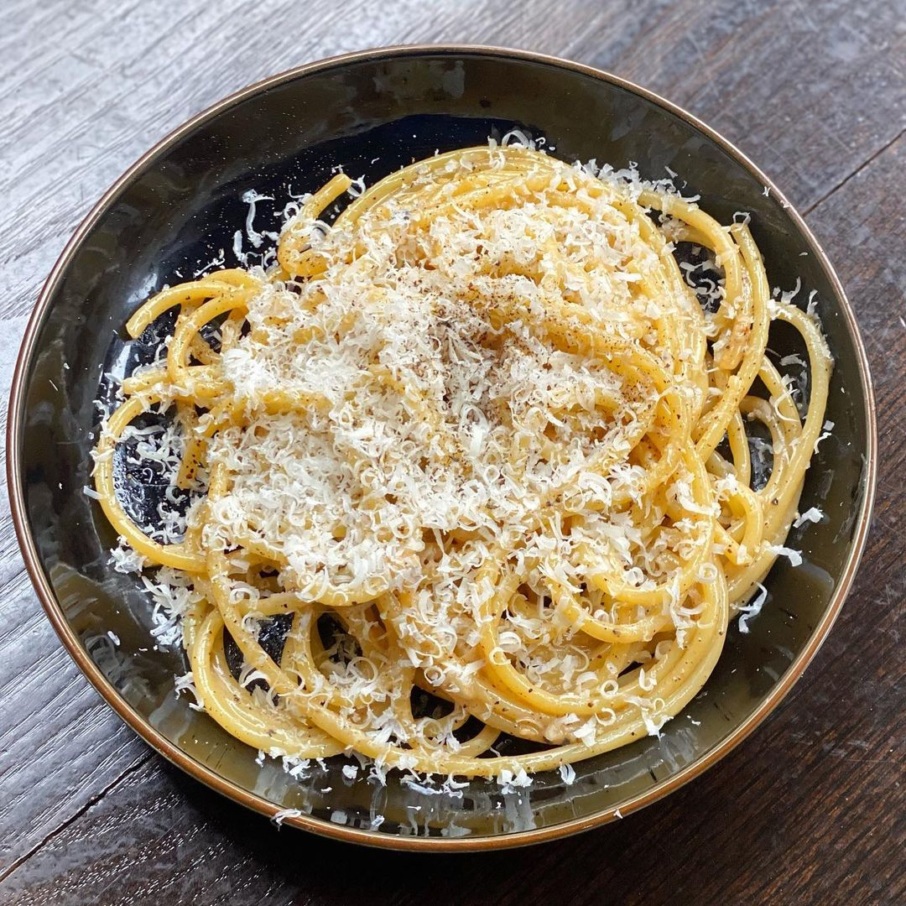
“I often compare Cantonese food to Italian food. I think they’re both simple but technical at the same time. They use minimal components, which allows the main ingredients to shine. Both cuisines are super umami-forward — think Parmesan, salted fish, fermented bean curd — so when I made a fuyu (fermented bean curd) garlic butter for a dish once, my sous chef thought it’d be sick to use that compound butter to make a cacio e pepe with Parmesan and pecorino. We tried it, and our minds were blown. Picking up pasta dishes in a wok makes so much sense: when you toss the pasta in the wok you get a bit of wok hei (breath of wok), which caramelizes and deepens the flavors of the sauces in the dish.”
3. Bak Cheet Gai
(Cold poached half chicken, golden broth, green chile ginger scallion)

“Bak cheet gai is a common, homey dish that I don’t often find sold or prepared in my favorite roast meat shops in Chinatown. I love picking up soy sauce chickens from Cantonese roast meat shops, but this is my favorite way to prepare and eat a whole bird.
“I recently learned the proper technique from my uncle. I dry cure the birds for 24 hours, poach them with the Chinese trinity of ginger, garlic, and scallion, and let them chill for another 24 hours to allow all the collagen to set in between the bird. The poaching liquid gets reduced and seasoned, and is perfect to sip alongside the chilled poached chicken. I like to serve the chicken with a classic ginger scallion oil with green chile for some heat, steamed rice, seasoned sweet soy sauce, and that poaching liquid.”
4. Yeung Yu Sang Choi Bao
(Deboned and stuffed whole rainbow trout, green mustard condiment, lettuces)
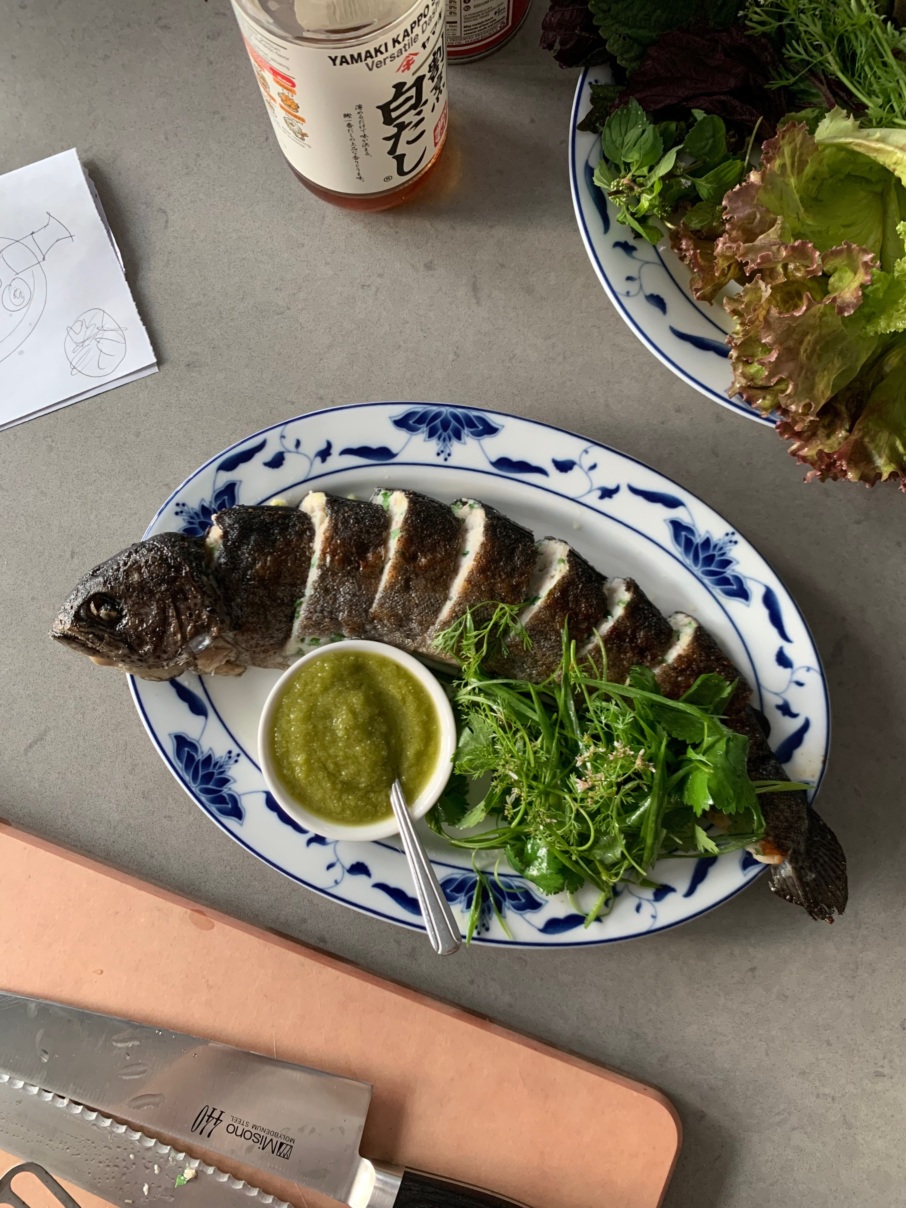
“This dish is very special to me because I recall making it as a kid with my mom and aunt when we wanted to spend the day in the kitchen together. It’s a super labor-intensive dish. I debone and remove the fish meat and grind it with shrimp, water chestnuts, and aromatics. That mixture then gets stuffed back into the fish skin and crisped up on both sides, so it’s like a giant fish sausage. I serve it with a pickled mustard green condiment and lettuces to wrap pieces of fish up with it.”
5. Chow Nai Sundae
(Malted fried milk, Ovaltine hot fudge, vanilla ice cream, buttered peanuts)
“Fried milk cubes were my favorite components of a seafood and tofu savory dish during banquet dinners. It’s basically milk custard that’s been set, dredged, lightly battered, and deep fried. It’s hot, crunchy, and a little oozy and gooey. I thought it would be fun to make a malted version of these milk cubes as a component for an ice cream sundae. I top the sundae with butter peanuts, a dusting of malt, a cherry, and Ovaltine hot fudge, which was a big part of my childhood. It’s currently the only dessert we plan to have on the menu, but I’m very excited about it.”
